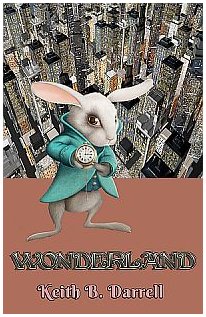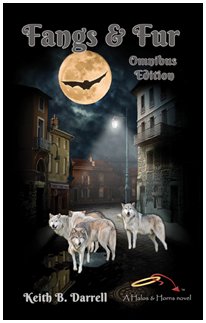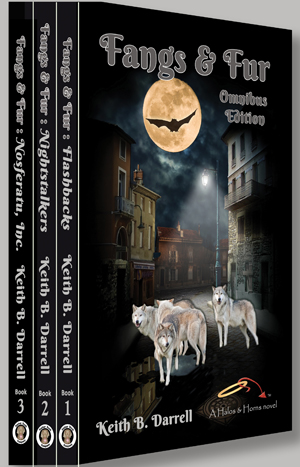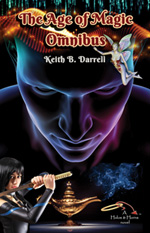Last time, I talked about how Walt Disney made a career out
of re-imagining other writers’ creations. To his credit, his adaptations of
printed stories to animation were, unlike most book-to-movie attempts, superb.
But he often took liberties with the source material. In Pinocchio’s case, what
most of you saw on the theater screen was a mirror image of the original,
darker tale.
Pinocchio’s creator, Carlo Lorenzini, wrote under the
pseudonym Collodi, derived from his eponymous village in Florence, Italy. Like
Bambi author Felix Salteen, Collodi was born to a family of modest means (the
eldest of 10 children, his mother was a maid and his father a cook) and grew up
to be a journalist, and later, an author.
Pinocchio was serialized in Il Giornale dei bambini ("The Journal for Children"),
a weekly children’s magazine, in 1881,
under the title Storia di un Burattino (“The Story of a Marionette”).
But unlike the cheery, sanguine wooden boy of the Disney film, this Pinocchio
is an arrogant brat. In Collodi’s words, Pinocchio is a “confirmed rogue,” a
“rascal,” a “wretched boy,” and a “disgrace.” When his “conscience,” Jiminy
Cricket, berates him for his foul behavior, Pinocchio squashes the insect
beneath a hammer. Disney left that scene on the cutting room floor.
But Collodi made sure Pinocchio paid for his sins. An
annoyed neighbor pours freezing water
on him. While drying off on the stove, he burns off his feet. He
encounters a puppeteer who wants to use him as firewood to cook his dinner. He
travels deep into the forest, meeting a young, turquoise-haired fairy who tells
him she’s dead and waiting for a hearse. Real kiddy fare, here. Already robbed
by the fox and the cat, they return and lynch Pinocchio from the branch of an
oak tree. The End.
Or not. Italian children were horrified. The publisher
demanded the puppet be resurrected. Collodi complied, having the “Blue Fairy”
save him. But Collodi was not done torturing his creation. In what would surely
be labeled child abuse today, Pinocchio is robbed again; jailed in the city of
Catchfools; struck senseless by a giant serpent (who dies after rupturing an
artery laughing at the foolish puppet); caught in a weasel trap; collared and
tied inside a doghouse; stripped naked and doused in flour; forced to
cross-dress as a girl; turned into a donkey; sold to a circus; drowned; and
swallowed by a shark. At one point, woodpeckers chisel his elongated wooden
nose after he has lied.
Understandably, Walt Disney sought to lighten the somber
tone when he made his cartoon version in 1940. I suspect the darker original
tale might be a hit with today’s desensitized youth, who have grown up in a
less wholesome world of movie and television violence. Collodi died in his
native Florence, in 1890. He never married or fathered children – probably for the best, if Storia
di un Burattino was any indication of his attitude toward kids.





No comments:
Post a Comment